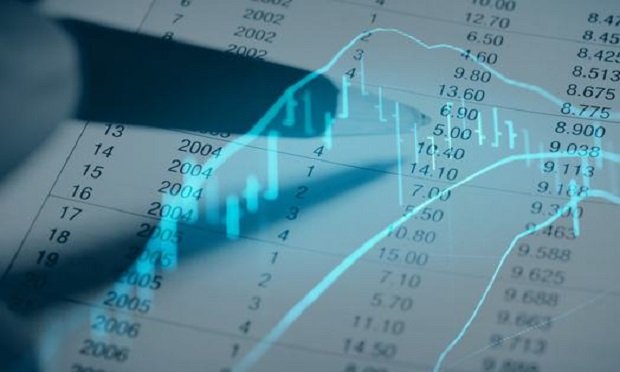 Plaintiffs filed 198 new federal securities class actions in the first half of 2019, says the Securities Class Action Filings—2019 Midyear Assessment. (Photo: Shutterstock)
Plaintiffs filed 198 new federal securities class actions in the first half of 2019, says the Securities Class Action Filings—2019 Midyear Assessment. (Photo: Shutterstock)
General counsel today are looking at a more than 5% chance that their companies will be sued this year due to a drop in stock price, according to a new report.
Recommended For You
Want to continue reading?
Become a Free PropertyCasualty360 Digital Reader
Your access to unlimited PropertyCasualty360 content isn’t changing.
Once you are an ALM digital member, you’ll receive:
- Breaking insurance news and analysis, on-site and via our newsletters and custom alerts
- Weekly Insurance Speak podcast featuring exclusive interviews with industry leaders
- Educational webcasts, white papers, and ebooks from industry thought leaders
- Critical converage of the employee benefits and financial advisory markets on our other ALM sites, BenefitsPRO and ThinkAdvisor
Already have an account? Sign In Now


